Landing page optimization - maximizing your conversions
Landing pages are the unsung heroes of any successful campaign. A well-optimized landing page can mean the difference between a casual visitor and a loyal customer. So we know that understanding landing page optimization, and how to do it effectively, is a non-negotiable.
In this guide, we will walk you through the essential elements of landing page optimization. We’ll provide you with actionable tips and help you create pages that consistently deliver results.
What is landing page optimization?
Landing page optimization is the process of improving a landing page to increase conversions.
To improve page performance, optimization involves:
- Analyzing user behavior,
- Testing different elements of your page
- Making data-driven adjustments
It’s how you create a great experience for your visitors, so that they take the next step towards a purchase.
Why does landing page optimization matter?
A landing page can be the very first point of interaction between your business and a potential customer. If that page fails to meet user expectations, you could lose out on a valuable lead or sale.
There are a number of reasons why you should be optimizing landing pages and doing it well. Here are some of the benefits of effective landing page optimization:
- Higher conversion rates. By fine-tuning your page, you can turn more visitors into paying customers or qualified leads.
- Improved ROI. Better conversions mean you’re getting more value from any advertising spend.
- Enhanced User Experience (UX). A well-designed landing page keeps users engaged and encourages them to explore your website further.
- Better insights. Optimization can help you understand what resonates with your audience – and what doesn’t.
Key elements of a great landing page
A great landing page is a high converting landing page. That means you are seeing a good rate of visitors completing an action after they have spent time viewing your page content.
Here’s some key elements you must include for optimization and customer experience.
1. A compelling headline
Your headline is the first thing users see, and it needs to grab their attention. A strong headline is the hook that keeps visitors engaged, encouraging them to explore your website further.
Research shows that 80% of users never make it past the headline – which is why optimizing your existing headlines could make all the difference.
A good headline clearly communicates the product or business core message. It should align with any marketing activity that directs users to the page. Finally, make sure you’re using action-oriented language.
Examples:
Instead of "Welcome to Our Service”
Try "Save 50% on Your First Order Today!" or "Boost Your Productivity with Our Proven Tools."
Adding urgency or specificity also helps. For instance, "Limited Time Offer: Free Shipping on All Orders!" can significantly boost engagement compared to generic headlines.
2. Engaging visuals
High-quality images and videos can make or break your landing page. Any visual content should:
- Support your message and illustrate your product or service.
- Load quickly to prevent page abandonment.
- Be optimized for both desktop and mobile.
Statistics show that using videos on landing pages can increase conversion rates by up to 86%.
Why not try adding product demos or customer reviews in a video format? This can help with credibility and value more effectively than just text.
3. Concise and persuasive copy
Your page copy should focus on the benefits of your offer rather than just features. Use a tone that resonates with your audience and provides clear and compelling reasons to act.
Our Top Tips for effective copy:
- Use bullet points to highlight the key benefits of your product or service.
- Avoid jargon and keep the language simple.
- Address customer pain points and offer solutions that are easy to understand.
Example:
Instead of "Our tool is user-friendly and customizable," say,
Try "Save hours every week with our easy-to-use tool that adapts to your needs."
This approach feels tangible and relatable to your potential customers.
4. A strong Call-to-Action (CTA)
The CTA is the focal point of your landing page. It should be three things:
- Visible. Use contrasting colors to make it stand out.
- Actionable. Use verbs like "Get" "Start" or "Download".
- Specific: Clearly state what users will get, e.g., "Download Your Free Guide Now."
The positioning of your buttons also matters. Place CTAs above the fold and repeat them throughout the page to capture the user's attention.
5. Forms that don’t overwhelm
If your landing page includes a form, keep it short and simple. Only ask for the information you truly need.
Our Top Tip: Use progress indicators for multi-step forms to reduce friction. Breaking the form into steps like "Personal Info" "Preferences" and "Confirmation" can make the process feel much more manageable.
6. Social proof
Customer testimonials, reviews, or case studies boost your credibility and customer trust. People are 92% more likely to trust recommendations from other customers over branded content.
Examples of social proof include:
- User reviews or ratings.
- Logos of well-known brands you’ve worked with.
- Trust badges or certifications.
Try adding strong statements like, "Over 10,000 satisfied customers" or "Rated 4.8/5 on TrustPilot" to reassure your visitors.
7. Mobile optimization
With mobile traffic dominating the web, your landing page must be mobile-friendly. This means ensuring your website has:
- A responsive design that adapts to all screen sizes.
- Quick loading times.
- Easy-to-click buttons and forms.
Google’s research shows that 53% of users abandon a mobile site if it takes more than 3 seconds to load. Make sure you’re focusing on speed and usability above fancy page designs to retain your visitors.
Best practices for landing page optimization
Now you’ve got your key elements on your page, here’s some best practices for you to follow…
1. Match your ad copy to your landing page content
To have a customer journey that feels consistent and true to your brand, your content needs to match. Make sure that the language, tone, and offer on your landing page matches any adverts or links that lead users to it. This consistency reassures visitors and reduces bounce rates.
2. Focus on one goal
Each landing page should have a single, clear objective. We want to avoid overwhelming users with multiple CTAs or conflicting messages.
Example:
If your goal is to collect email signups, don’t distract users with links to other parts of your website.
3. Minimize distractions
A clear and clutter-free design keeps your users focused on the next step. Remove unnecessary navigation menus, sidebars, or external links.
4. Optimize page load speed
Slow pages lead to high bounce rates. Use tools like Google PageSpeed Insights to identify and fix performance issues.
Techniques you can use to improve load speed:
- Compress images.
- Use a Content Delivery Network (CDN).
- Minimize JavaScript and CSS files.
Check out our blog Boost the loading performance of your website for more in-depth support on improving your page load speed.
5. A/B Testing
A/B testing is critical for discovering which of your landing page elements work best. Test one element at a time and try two variations over a couple of weeks to learn which is driving the better results.
Examples of elements you can A/B test:
- Headline variations. Alter the copy in your headline to see if one version is more engaging than another.
- Different CTA button colors or text. A different color combination could catch the user’s eye more.
- Alternate images. Playing with different product images could entice your customers through to a product page with higher success.
6. Leverage analytics
Use tools like Google Analytics or heatmap software to track user behavior and identify areas for improvement.
7. Focus on accessibility
Your landing page needs to be accessible to all users, including those with disabilities. Make sure your page elements are set-up correctly by using:
- Alt text for images.
- High-contrast text for readability.
- Keyboard navigation.
There are plenty of free online tools to help you assess your page accessibility and give you tips for improvements.
Common landing page mistakes to avoid
We’ve covered how to do some things well, let’s have a quick look at some things that can go wrong and how to avoid them!
- Too much text. Long, dense paragraphs on landing pages can overwhelm your visitors. Keep it short and focused.
- Generic CTAs. Try to avoid vague CTAs like "Submit" or "Click Here".
- No trust signals. Not including social proof or security badges can hurt your brand’s credibility.
- Ignoring mobile users. A non-responsive design can put-off a significant portion of your audience and lead to high bounce rates.
- Lack of testing. Assuming your first version is perfect can cost you conversions. Make sure you get in the habit of testing, analyzing and refining regularly.
Tools for landing page optimization
The right tools can make landing page optimization more efficient and effective. Here are some to consider:
- ConversionWax for personalizing and optimizing visual content.
- Crazy Egg for heatmaps and session recordings to understand user behavior.
- PageSpeed Insights for identifying and fixing speed issues.
Measuring success
The last step in a landing page optimization strategy is evaluation.
To measure the effectiveness of your landing page optimization efforts, track key performance indicators (KPIs) such as:
- Conversion rate. This is the percentage of visitors who complete the desired action.
- Bounce rate. The percentage of visitors who leave without engaging.
- Average time on page. This indicates user engagement.
- Cost Per Conversion (CPC). This helps you assess the ROI of your campaigns.
Final thoughts
Landing page optimization is an ongoing process that requires you to be creative as well as analytical. Focus on creating a simple and engaging user experience. Simplify the journey and don’t forget to test and refine. Then, you’ll be creating landing pages that are consistently converting for your business.
Try some of these strategies today! You’ll not only see a boost in conversions but also improve customer satisfaction and loyalty. Which, for us marketers, is the ultimate goal!
Start your free trial of ConversionWax today
-
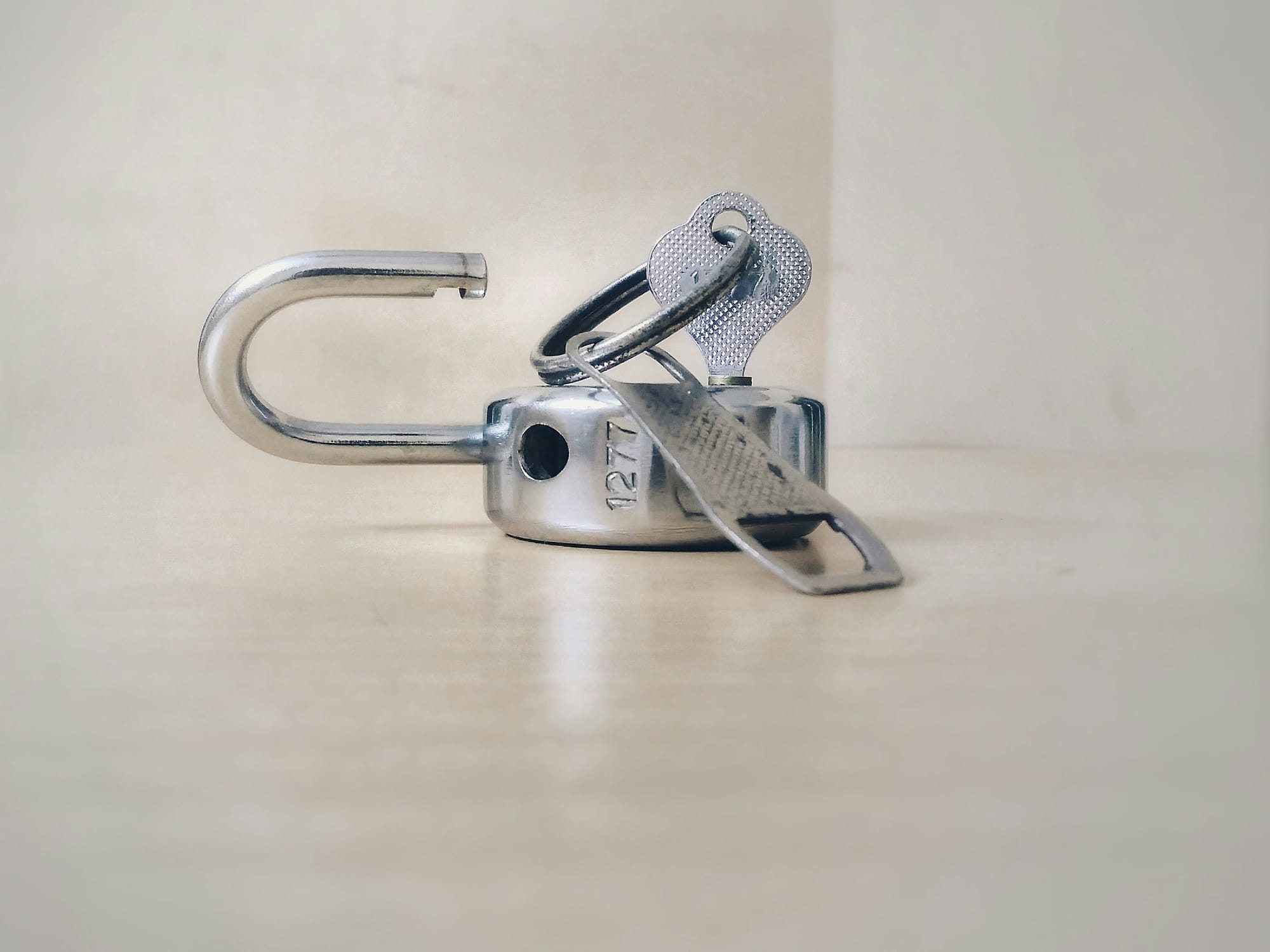
Unlock the benefits of website personalization
-

E-commerce conversion best practices
-

Your ultimate Conversion Rate Optimization checklist
-
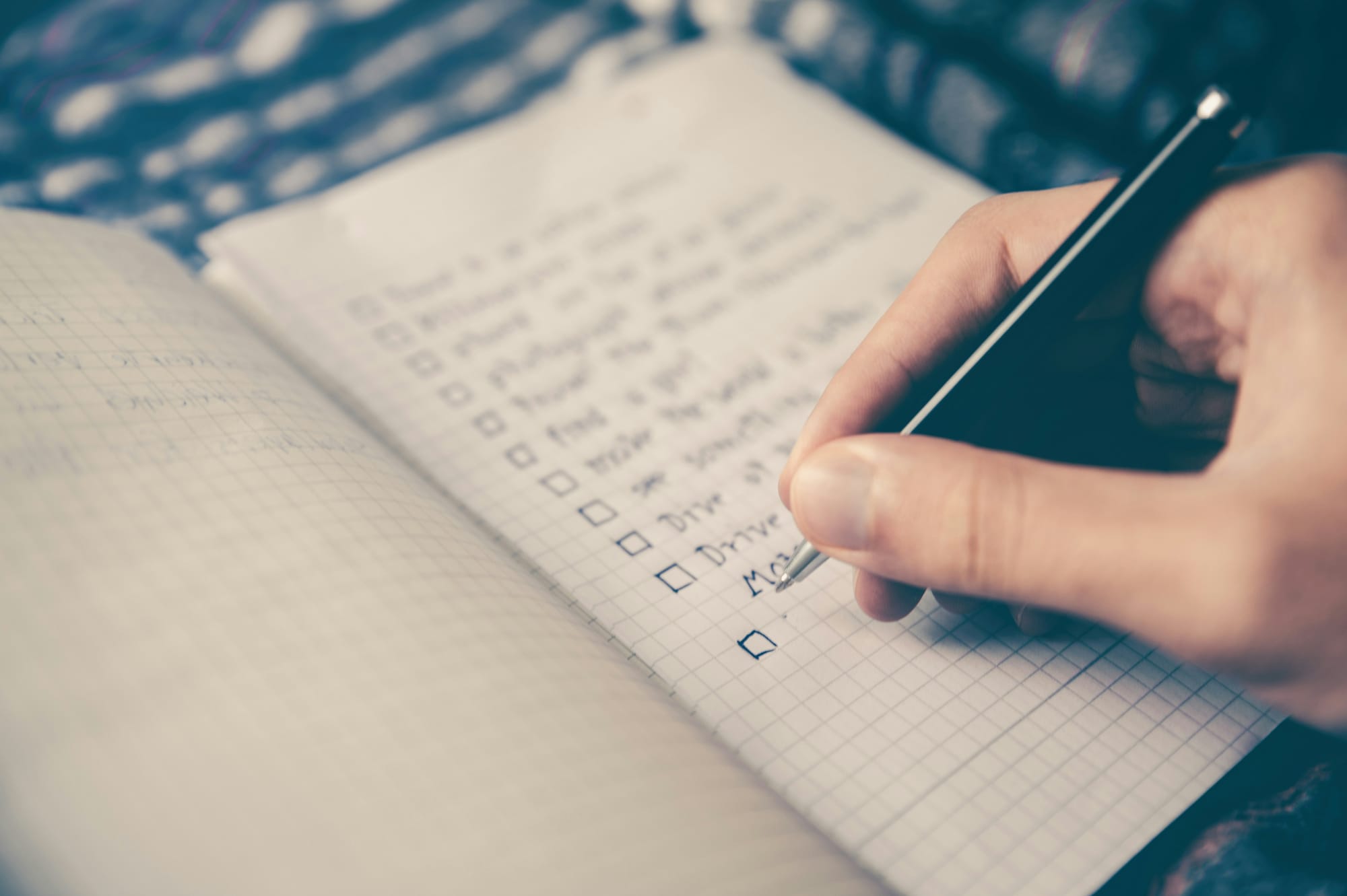
How to: complete a Conversion Rate Optimization audit
-
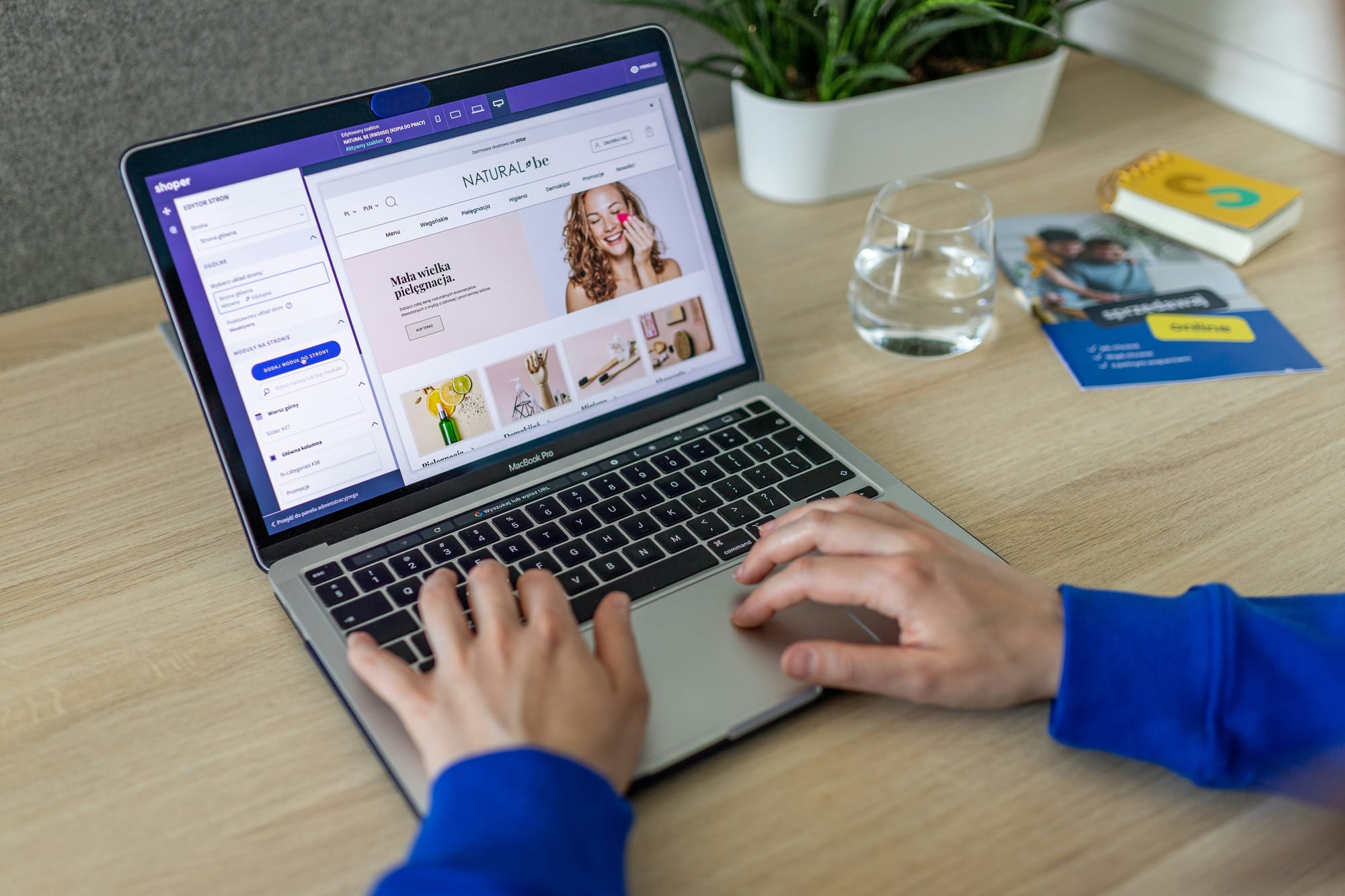
An easy guide to ecommerce website optimization
-
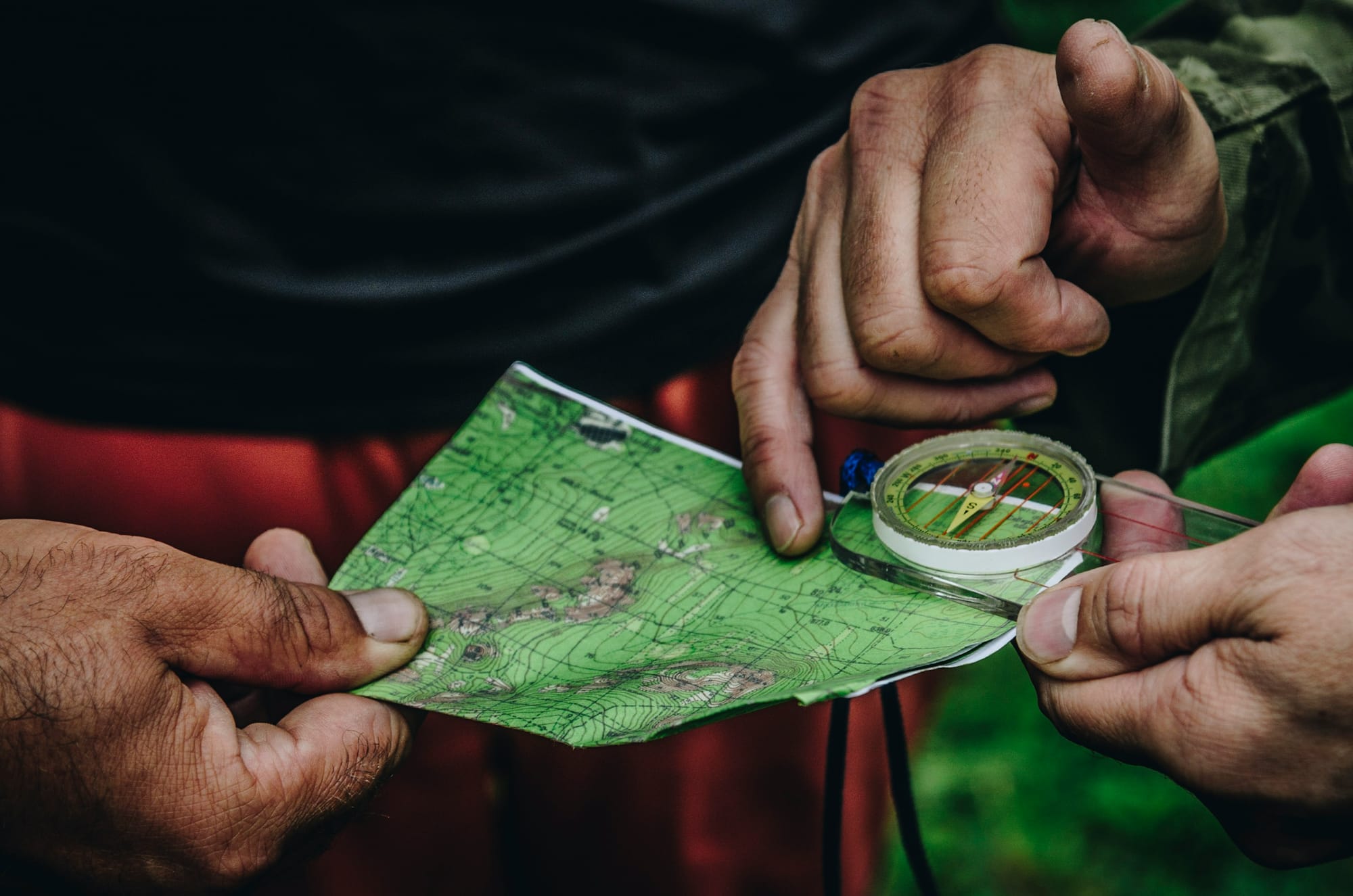
Your guide to Conversion Rate Optimization best practices
-

Landing page optimization - maximizing your conversions
-

Website performance optimization techniques to boost your online business
-

Benefits of website personalization for online businesses
-
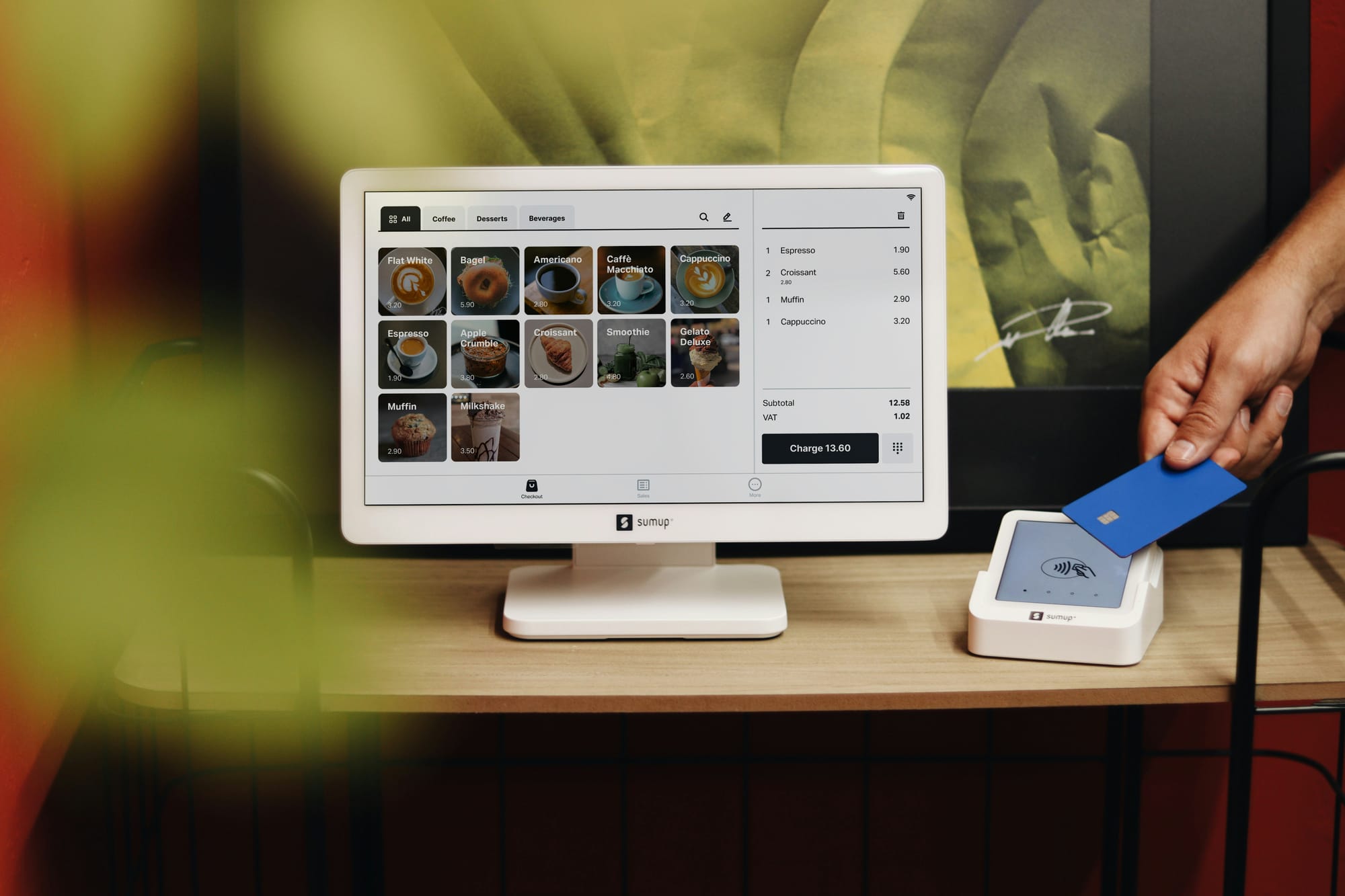
How to improve your ecommerce checkout conversion

